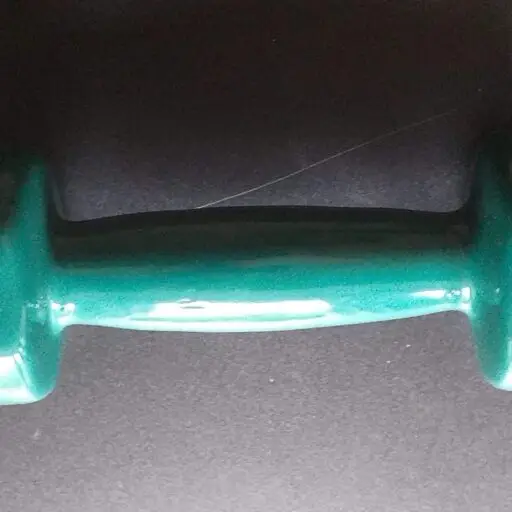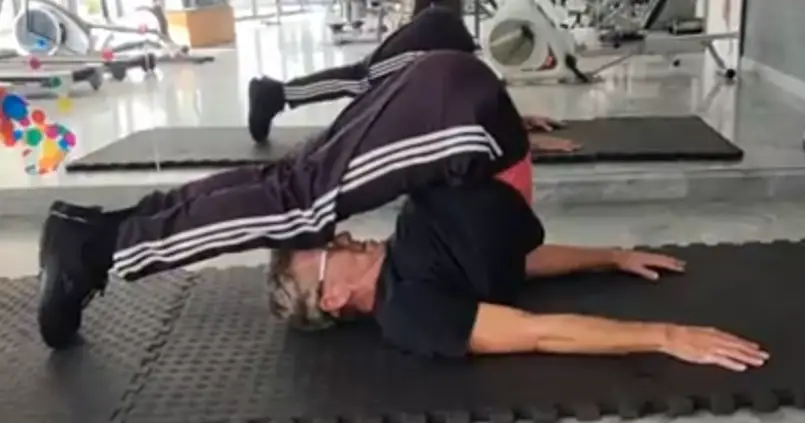All about the Plow (Halsana) Stretch
(Pilates)
BENEFITS & MUSCLES WORKED: Reduces Stress, Improves Digestion, Thyroid Stimulation, Spinal Flexibility, and Helps Back Pain
START POSITION: Start in the Classic Pilates Start Position, which is a standard starting position for many exercises (those performed on the floor). Note that, for such an ancient exercise like the Plow, there are likely to be many versions, but this is the one I feel most comfortable with.
NOTES: Difficulty Rating: 65%
From the start position, press down with your flat hands as you raise your legs above your head, knees bent. It is best not to move or use your hands (other than for the initial push upwards). As your feet pass over your head, your body’s weight position will alter your Center of Gravity so that you can now use the natural weight of your legs to help lower them. As you gently lower and extend your legs behind you, your blood will flow towards your head, which may cause a slight dizziness; be mindful of this. Slowly, no jerking. Smooth and controlled. Your breathing may also feel slightly restricted as your feet pass your head and continue backwards. The ultimate goal of the Plow is to end up with your toes touching the floor somewhere behind the top of your head, and to be able to fully straighten your legs by eliminating the bent knees. If you can achieve this position and hold it for a few seconds, then you are surely in top physical form. I am quite a tall and lanky person (long limbs), and sometimes I struggle with exercises like these due to the increased forces and stretch pressures arising from longer, heavier limbs. This exercise is quite challenging for most people. If you cannot complete the entire exercise (or any other exercise), then there is no need to get upset about it. You will have gained some benefits and improvements just by trying to do it. Doing at least half of the movement is excellent, and over time, you will improve and get better. Persevere. Be patient. Rome wasn’t built in a day.
This one is an old-school approach and is derived initially from classic Yoga. I can remember my father doing this one way back when I was around 6 years old in London. I seem to recall that the Indian influence on the famous Beatles pop group sparked a wave of interest across the Western world in Yoga techniques, which originated in India. Additionally, I recall that Yoga was closely linked to Buddhism, and that my father had a keen interest in this religion. But I digress. I want to point out that if you are seriously interested in your chosen sport (as with any pastime), then you should familiarize yourself with its history and origins to help build a more comprehensive and holistic understanding of what you are doing and why.

